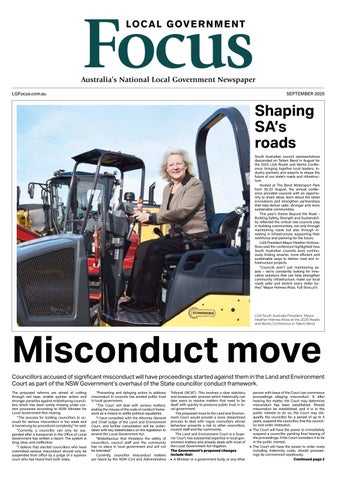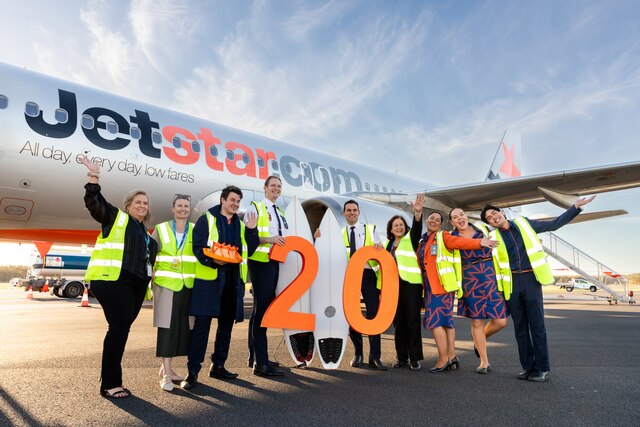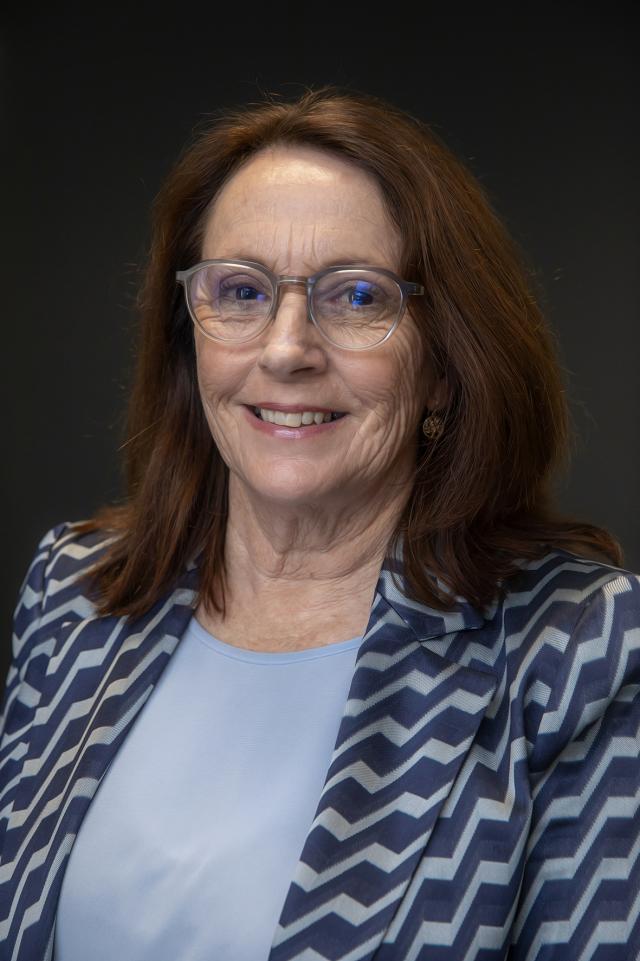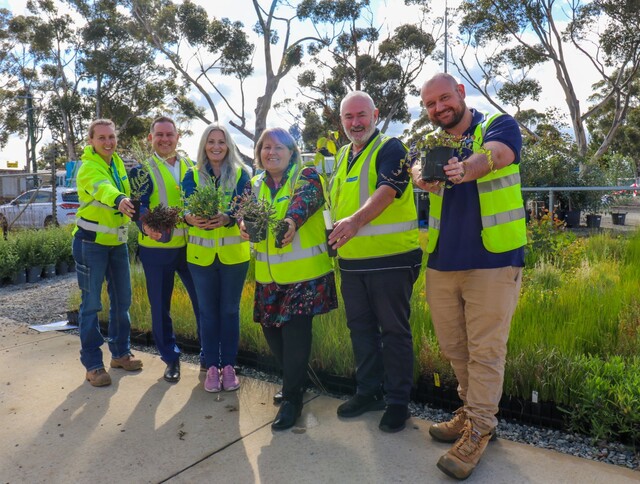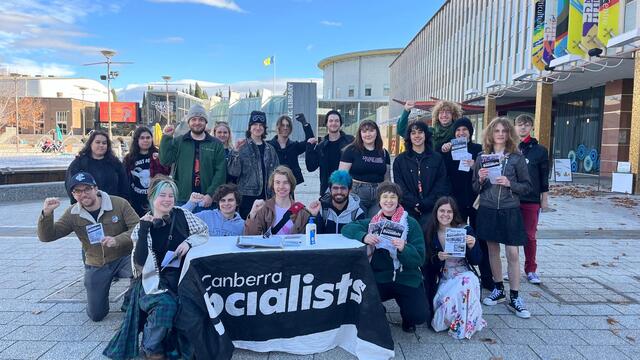A regular feature, this month profiling two Councillors from Victoria
Councillor Lisa Proctor, Latrobe City Council, Victoria
Q. How long have you been on Council?
I am into my fourth year as a Councillor at Latrobe City Council. I was re-elected earlier this year with a primary vote of approximately 65 per cent. I am currently the Deputy Mayor.
Q. Tell us about yourself and your involvement in the community.
I live in Traralgon, Victoria. I am a mother of two wonderful girls aged eight and ten. Last year my eldest daughter shared a story at the dinner table informing us that she had been elected to her local school council earlier that day. My daughter informed us that she had won by one vote. She went on to say that all of the girls voted for her and all the boys voted for the other boy and she won by one vote as one of the boys had decided to vote for her. Yes, Local Government does have an impact on your family in various ways.
Up until 12 months ago I worked fulltime as well as being a mother and a Councillor. I soon realised that I wasn’t superwoman. For the past 15 years, I have worked in the legal area as a paralegal in areas of Workcover and Superannuation. My current positions include Justice of the Peace, Board Member Regional Justice Advisory Committee, Braiakaulung Advisory Committee, and Director on Gippsland Water, Municipal Emergency Planning Committee, Gambling Accreditation Charter-Community Fund Advisory Committee, Oldsmobile Management Committee, Eva West Memorial Scholarship Committee, Traralgon Indoor Sports Stadium Committee, LINK Editorial Committee, Traralgon Service Centre/Library Taskforce, VLGA and MAV (Deputy). I have also been on Committees ranging from the arts to strategic planning.
Q. Describe Latrobe and the Latrobe community.
Latrobe City is centrally located in eastern Victoria, approximately 130km to the east of Melbourne along a dual carriageway of the Princes Highway. The population of Latrobe City is approximately 70,000. The City has four major urban centres located at Churchill, Moe, Morwell and Traralgon, with the smaller townships of Boolarra, Glengarry, Tyers, Traralgon South, Yallourn North, Yinnar and Toongabbie. Latrobe City encompasses an area of 1,422 square kilometres. The region is a resource rich area with abundant forest and brown coal resources, water resources and rich agricultural land.
Latrobe City is one of Australia’s major provincial centres and is the principal service centre for the Gippsland region. Located within Latrobe are regional headquarters for significant government and private organisations, education centres, such as Monash University Gippsland, Central Gippsland Institute of TAFE and Gippsland Group Training.
Other major industries in the area include a Pulp and Paper Manufacturing Mill at Maryvale, the Australian Securities Commission’s National Information Processing Centre, National Foods, strong dairy and agriculture industries and Victoria’s four major power generators. Electricity generated from brown coal mined in the area represents 85 per cent of all electricity generated in the State of Victoria.
Latrobe City is serviced by world class health services, education services, major shopping centres together with a range of accommodation options, restaurants, cinemas and night clubs.
Latrobe City has become a sports centre for the Gippsland Region providing facilities and holding major events in tennis, athletics, swimming and team sports. Cultural facilities include the Latrobe Regional Gallery and Latrobe Performing Arts Centre.
There is a number of exciting development projects on the horizon. Latrobe City is an exciting and wonderful place to reside.
Q. What are the most important issues in your Local Government area?
Unemployment is an issue. Latrobe City, together with the State Government appointed Taskforce, are working together to set up and implement strategies to take Latrobe City forward, looking at areas of marketing, employment, economic development, tourism and other areas. This has had a fantastic positive impact on the community as a whole. Waste management is on everyone’s agenda at the moment, as well as ongoing maintenance of Council’s infrastructure.
Q. What are the key aspects to being a good Councillor?
The key aspects of being a good Councillor are ensuring that Council has good policy and procedures in place. Once these are in place Council should consistently follow its own policies and procedures. This should lead to good governance and good decisions being made. It is also extremely important as a Councillor that you listen to people and your community and do not treat people with contempt. Respect, respect, respect. It is important that you can explain to the community your reasons for supporting or not supporting a decision. Inflated egos and the misuse of power can be dangerous.
Q. How do you see the future of Local Government in Victoria?
Local Government is facing a very busy and challenging future. Local Government is taking on more responsibility from the other spheres of government, thus placing an additional burden on budgets. Post amalgamation, Victorian Councils are still coming to grips with the current levels of their infrastructure and maintenance levels required to upkeep them to a sustainable level. With waste management and water on the agenda, together with infrastructure maintenance and Council’s other service delivery areas, we are in for a challenging future.
Councillor Steve Fielding, City of Knox, Victoria
Q. How long have you been on Council?
I have been a Councillor since March 2003.
Q. Tell us about yourself and your involvement in the community.
I grew up in Melbourne in a large family of 16 children. I am married and have three fantastic children – James, 14, Campbell, 12, and Gabrielle, nine. I graduated with a Bachelor of Engineering in 1983 and an MBA in 1992. In 1993 we moved to New Zealand, where I took on an executive role, and we returned to Melbourne in 1995. Currently, I am General Manager of Marketing for a superannuation company.
Before becoming a Councillor, I was a representative on the Knox Council Open Space community committee. I currently coach a Knox junior soccer team and fulfil a leadership role in a local Christian Church with a congregation of over 4,000.
As a Councillor, I focus on improving public transport a cess, addressing dangerous traffic locations, looking after the special needs of senior citizens, developing youth programs, enhancing local streetscape and recreational facilities, and issues relating to the Mitcham-Frankston Freeway.
Q. Describe the population of Knox. Are the demographics changing?
Knox City is located in the outer eastern suburbs of Melbourne at the foothills of the Dandenong Ranges. Its population recently exceeded 150,000 residents. Over the past 30 years, Knox has experienced a housing boom. Infrastructure and business development, the health and opportunities of families are the main focus of Council’s service delivery. Preservation of its unique environment also remains a priority.
Knox City Council is now facing the challenges of an ageing population and changing service needs, changing demographics, housing demands, diverse community aspirations, future business investment and social issues. Revitalising neighbourhood activity centres is also important.
Q. What are the most important issues in your Local Government area?
The provision of comprehensive, integrated public transport and road infrastructure; the maintenance of strong family focused community services for youth, people with disabilities and older persons; integrated urban development that is sympathetic to the Knox environment; and expansion of arts and leisure opportunities for the community are all important issues.
Q. What are the key aspects to being a good Councillor?
To be a good leader it is important to be a careful listener, as Councillors are responsible for gathering and relaying community concerns.
Given that no single Councillor can have all the answers, being available to people and understanding the community’s culture and networks are crucial. It is important to also understand the similarities and differences between community and business.
Good Councillors must be passionate and work hard. They must be proactive and have the expertise and insight to ensure rates and resources are used to maximum benefit for the community. They must build trusting relationships with the community and their fellow Councillors, and respect the professionalism and expertise of Council officers. Being a good Councillor is about building cohesive working relations within and outside Council.
Q. How do you see the future of Local Government in Victoria?
Local Government has an even stronger place in Victoria since the State Government legislated to give it constitutional recognition earlier this year. It remains the number one organisation that has the power to make decisions that impact most directly on the lives of citizens. It is the collective voice of a community, its culture and environment, and all the principles and aspirations of that community. I expect Councils to increase this wider advocacy role to expand their influence in community health and social management.

